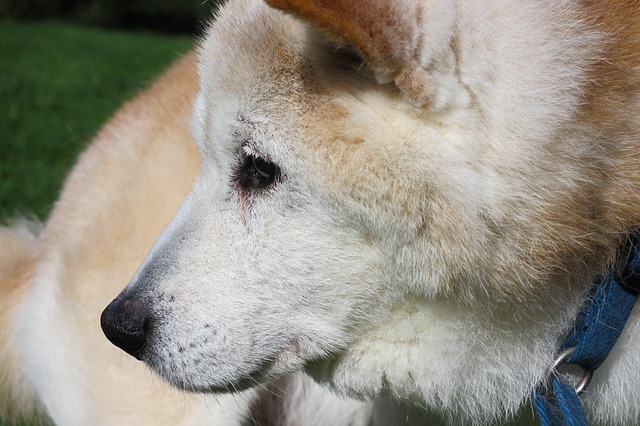Dogs are equally affected by weather as we humans are. No amount of fur can keep them warm enough to fight the challenges posed by extreme winter. Hence, it is our duty as pet parents or just as humans to help our furry friends stay safe during extreme winter. Here are some tips you can follow.
Stay On Your Toes With Weather Forecast
Like us, every pets’ tolerance to cold can vary based on several factors, such as activity level, health, fur coat, fat levels, etc. Hence, the first thing is to be aware of your pet’s cold tolerance. Look out for signs like shivering, cuddling into warmer places, avoiding lying on cold tiles, etc., to understand when your pet feels cold, especially during extreme conditions.Dogs might still be able to handle average winter; it’s extreme conditions that affect them the most. Hence, you need to leverage real-time weather forecasts to decide when to take your pet indoors. It will help you get insights into sudden temperature changes.Let’s consider the example of Storm Carmel hitting Israel. Storms bring rainfall, snowfall, and flooding with them, leading to sudden weather changes. Talking about Storm Carmel, reports say that it got a month’s worth of rainfall to Central Israel. Hence, you can use tools or gadgets to find real-time weather in Central Israel to schedule outdoor walks for your pets during such cases.
Taking Your Dog Outdoor
 Once you know the weather in your local area and that your furry friend is not feeling cold, it’s time for an outdoor walk. Taking your dog outdoors for a walk during extreme conditions is entirely different. You need to consider several factors, including:
Once you know the weather in your local area and that your furry friend is not feeling cold, it’s time for an outdoor walk. Taking your dog outdoors for a walk during extreme conditions is entirely different. You need to consider several factors, including:
Dress for the Occasion
Regardless of your dog’s size or the amount of fur, it is advised to dress your dog during winter walks. If your dog is small and less furry, cover all the body parts. You can also multi-layer the clothes to provide extra warmth. However, a basic layer of clothing would do for large, hairy dogs.
Keep That Water Bottle in Handy
It is a common misconception that dogs (and even humans) don’t need much water during winter. Lack of water even when it’s not blistering hot outside can lead to dehydration. Hence, you always need to keep a water bottle with you when taking your dog for a walk.You can check if your pet is dehydrated by gently holding on to the dog’s loose skin behind the neck. If the skin reshapes back to normal, your dog is hydrated. If it’s otherwise, it’s time to give some water.
Watch for Signs of Frostbite
Your dog’s paws are the only part not covered with fur for protection against cold. Hence, walking during an extreme cold can quickly lead to frostbite. Frostbite is a medical condition where due to low temperature, the skin becomes constricted, and blood flow reduces. The combination of cold weather and reduced blood flow causes the tissues to freeze, leading to severe injuries.Some signs of frostbite to watch out for include:
- Bluish-white skin at the affected area
- Pain in the affected part
- Blackened skin in case of tissues’ death
- Skin ulcers
- Swelling in the affected area
If you find any symptoms of frostbite, it is best to seek medical assistance. You can prevent frostbites on your dog’s paw or other body parts by using boots, jackets, sweaters, and other dressing equipment.
Be Attentive to Post-Walk Hygiene
Several people use chemicals to melt ice during cold weather. The chemicals can cause skin damage and other medical problems when consumed through licking. Besides, licking the snow build-up in paws can also be hazardous due to pollution accumulation. Hence, once you are back home after a walk, clean your dog properly.
Let Me Skip Outdoor Walks
Taking your dog outdoors during cold weather can be daunting. You might feel that it would be better to skip the walks. But that’s not a wise decision to make. Letting your dog sit in front of the fireplace and avoid outdoor activities poses potential health risks.Regular walks and exercise help keep your pet healthy. Hence, you need to encourage walking to control medical conditions like obesity at bay. Obesity can further lead to other diseases, such as Diabetes Mellitus, chronic diseases, hypertension, arthritis, several cancers, etc.
Conclusion
Extreme cold conditions can be challenging for pets and their owners. Hence, it is advised to consult your veterinarian regularly during winters. They will best help you with an exercise schedule and the correct diet for your dog to go through the winter blues.





Leave a Reply